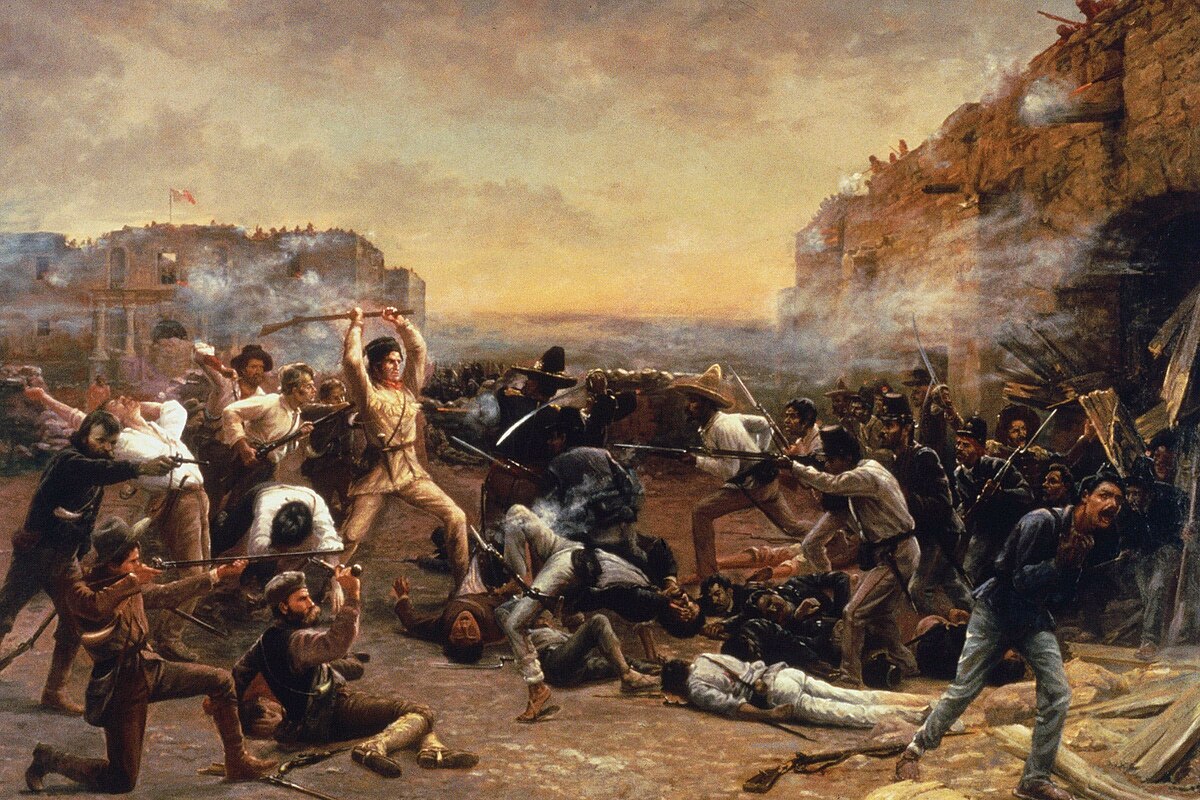
Texas Annexation
Texas, USAIn 1800, Spain's colonial province of Texas (Tejas) had few inhabitants, with only about 7,000 non-native settlers. The Spanish crown developed a policy of colonization to more effectively control the territory. After independence, the Mexican government implemented the policy, granting Moses Austin, a banker from Missouri, a large tract of land in Texas. Austin died before he could bring his plan of recruiting American settlers for the land to fruition, but his son, Stephen F. Austin, brought over 300 American families into Texas. This started the steady trend of migration from the United States into the Texas frontier. Austin's colony was the most successful of several colonies authorized by the Mexican government. The Mexican government intended the new settlers to act as a buffer between the Tejano residents and the Comanches, but the non-Hispanic colonists tended to settle in areas with decent farmland and trade connections with Louisiana rather than farther west where they would have been an effective buffer against the Natives.
In 1829, because of the large influx of American immigrants, the non-Hispanic outnumbered native Spanish speakers in Texas. President Vicente Guerrero, a hero of Mexican independence, moved to gain more control over Texas and its influx of non-Hispanic colonists from the southern U.S. and discourage further immigration by abolishing slavery in Mexico. The Mexican government also decided to reinstate the property tax and increase tariffs on shipped American goods. The settlers and many Mexican businessmen in the region rejected the demands, which led to Mexico closing Texas to additional immigration, which continued from the United States into Texas illegally.
In 1834, Mexican conservatives seized the political initiative, and General Antonio López de Santa Anna became the centralist president of Mexico. The conservative-dominated Congress abandoned the federal system, replacing it with a unitary central government that removed power from the states. Leaving politics to those in Mexico City, General Santa Anna led the Mexican army to quash the semi-independence of Texas. He had done that in Coahuila (in 1824, Mexico had merged Texas and Coahuila into the enormous state of Coahuila y Tejas). Austin called Texians to arms and they declared independence from Mexico in 1836. After Santa Anna defeated the Texians in the Battle of the Alamo, he was defeated by the Texian Army commanded by General Sam Houston and was captured at the Battle of San Jacinto. In exchange for his life Santa Anna signed a treaty with Texas President David Burnet ending the war and recognizing Texian independence. The treaty was not ratified by the Mexican Congress as it had been signed by a captive under duress. Although Mexico refused to recognize Texian independence, Texas consolidated its status as an independent republic and received official recognition from Britain, France, and the United States, which all advised Mexico not to try to reconquer the new nation. Most Texians wanted to join the United States, but the annexation of Texas was contentious in the U.S. Congress, where Whigs and Abolitionists were largely opposed.: 150–155 In 1845, Texas agreed to the offer of annexation by the U.S. Congress and became the 28th state on December 29, 1845, which set the stage for the conflict with Mexico.
